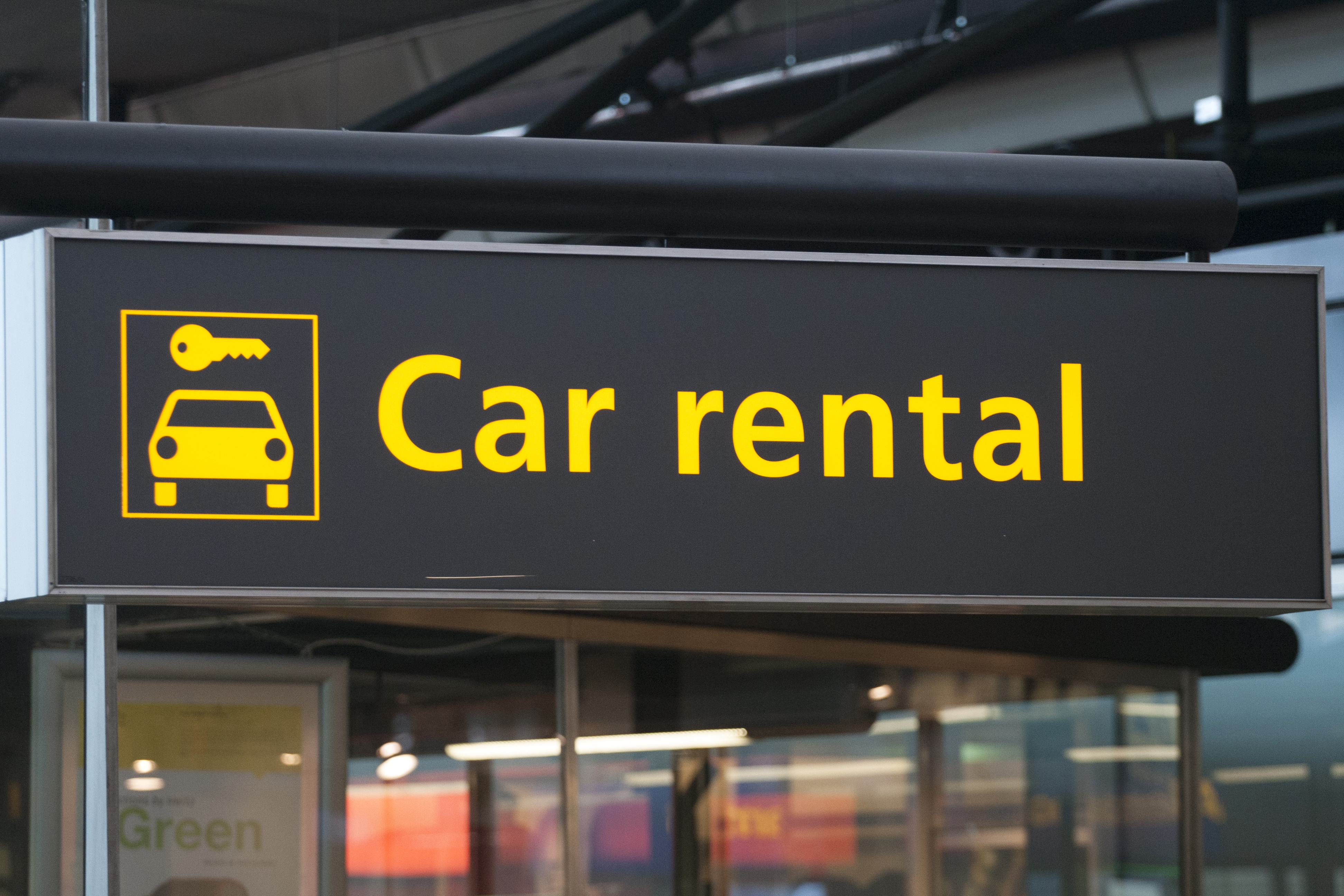Why Countries Drive on Different Sides of the Road
No matter how many times you go to a country like England or Japan, seeing people driving on the left side of the road can feel slightly strange. That is, if you’re from the roughly 75% of countries that drive on the right side of the road.
There are a lot of differences in how individual countries do things: The metric system might be the biggest—the United States is largely on its own in measuring with feet and inches. Currencies and exchange rates are certainly country-specific as well, and so are languages and customs. But all of those things go back hundreds of years. Automobiles arrived in the 20th century. Why couldn’t the world standardise one system for driving?
Despite the modern invention of the car, the side of the road on which we drive has a centuries-old history. The fact that most people are right-handed is the biggest factor contributing to which side of the road people initially chose. Ancient Romans drove chariots with the reins in their dominant right hands to allow them to whip a horse with their left. That way, there was little risk of accidentally whipping a passing chariot. But if a warrior needed to do battle from a horse, he could attack a passing opponent on the right with his stronger hand.
For centuries, driving on a certain side of the road was mostly just a custom. There weren’t that many travellers and roads weren’t paved or marked to direct traffic, so it didn’t matter too much. But as more people started driving, some uniformity was needed. One of the biggest influencers of driving direction was Henry Ford, who designed his Model T with the driver on the left. That decision meant cars would have to drive on the road’s right, so that passengers in both the front and back seat could exit the car onto the curb.
Many countries eventually followed. Canada, Italy, and Spain changed to right-side driving in the 1920s. Most of Eastern Europe changed in the ’30s. Scandinavia waited until the 1960s, but its countries eventually changed to the right, too. Things got interesting in colonial countries, especially in Africa. France had long been a right-side country and Britain a left-side country, so their colonies usually followed suit. But when they became independent, many sought to normalise with their neighbours to make things easier. Today, most African countries drive on the right.
So why do close to 50 countries still drive on the left? The short answer might be stubbornness, which—we should be fair here—is part of the same reason the U.S. still sticks to measuring in inches and feet. But the more nuanced reason is momentum. Cities like London were designed to accommodate left handed driving, so switching would be no simple tweak. Changing the rules of the road is a very complex and expensive thing to do. And the more time that goes by, more cars on the road makes it even harder.
It’s certainly not a debilitating difference to foreign drivers. After a few minutes, your mind tends to adapt. But the most fascinating places to see the confusion might be at border crossings, where drivers are required to immediately change sides. British drivers who take their cars under the English Channel need to swap when they arrive in France. The same is true when crossing borders between China and Pakistan, as well as China and Hong Kong. Where possible, that seems like a good enough reason to cross a border on foot.
Source: National Geographic




